On the evening of September 24 (Vietnam time), a team from the US National Aeronautics and Space Administration (NASA) successfully recovered a capsule containing extraterrestrial materials in a challenging mission. In 2016, the OSIRIS-Rex spacecraft left the launch pad and entered orbit around the asteroid Bennu in 2018. Two years later, the spacecraft collected materials on the surface of this celestial body and set off for Earth in May 2021. The total trip and return trip covered more than 6.21 billion kilometers, Reuters reported yesterday.
Drop from space
At 3:00 p.m. on September 24 (Vietnam time), the OSIRIS-Rex mission command team in Littleton, Colorado, began an overall assessment of the landing conditions. Based on this information, the members voted to send a command to the spacecraft to release the material capsule. At a position of more than 101,000 km from Earth, the OSIRIS-Rex mothership, weighing more than 2.1 tons, officially released the 46 kg capsule to Earth at 5:42 p.m. the same day.
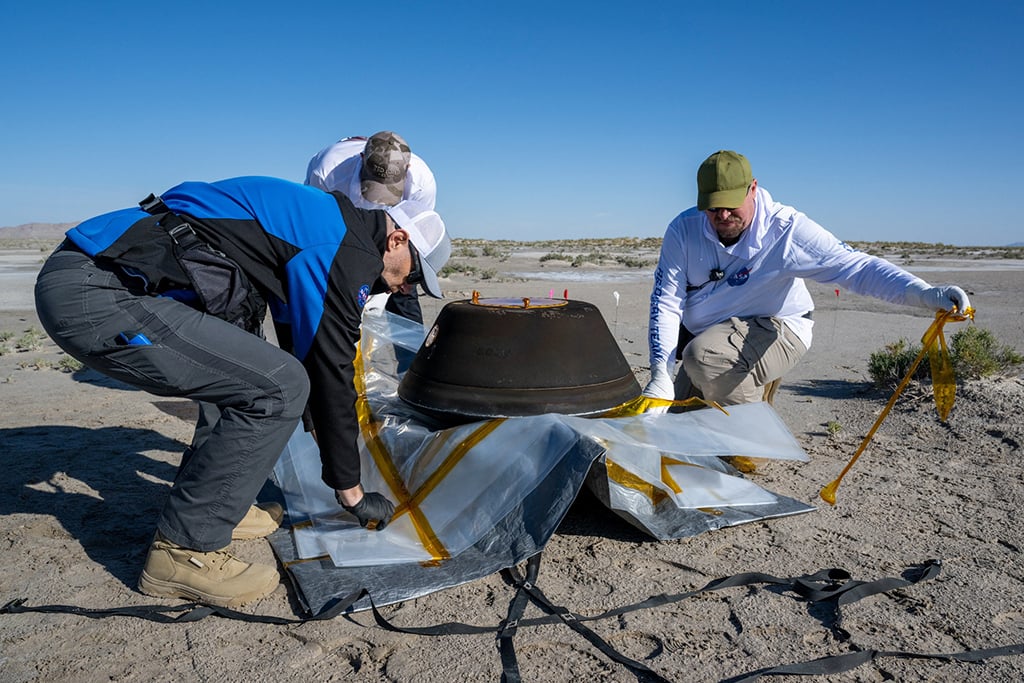
The sample capsule was blackened when it landed in the desert in Utah.
Four hours later, at 9:42 p.m., the capsule entered the Earth’s atmosphere at a speed of more than 28,000 mph. A NASA camera captured the capsule’s descent as a fireball. The contents of the capsule were protected by a heat shield as they descended, despite temperatures outside exceeding 5,000 degrees Fahrenheit.
After the reentry phase was complete, the first parachute deployed to stabilize the capsule at approximately 30.5 km above the ground. After the first parachute separated, the second parachute, which was also the capsule's main parachute, deployed, allowing the capsule to slow from supersonic speed to less than 18 km/h by the time it touched down.
Before the capsule landed, NASA coordinated with the US Department of Defense to deploy 4 helicopters to monitor, while the NASA team anxiously waited for news from the scene. Because the main parachute was activated at a higher altitude than expected, the capsule landed at 21:52, 3 minutes earlier than originally calculated. The landing site is located on the grounds of the Utah Test and Training Range of the US Air Force, about 128 km west of Salt Lake City (Utah).
About 30 minutes after touchdown, a crew arrived and arranged for the capsule to be transported by helicopter to a nearby field station. After processing, the capsule was taken to the Johnson Space Center in Houston, Texas, for analysis.
Most samples from asteroid Bennu must wait for the next generation to study
Gift from above
“It’s a gift to the world,” Dante Lauretta, the chief investigator for the OSIRIS-Rex mission, said excitedly in The New York Times . NASA’s team is anxiously awaiting the moment to open the capsule, which contains about 250 grams of Bennu’s rock and dust. The asteroid is considered a 4.5-billion-year-old fossil from the ancient solar system, and NASA has spent more than $800 million and waited seven years to receive the material from Bennu.
With this success, OSIRIS-Rex becomes the third human spacecraft, and the first American spacecraft, to retrieve extraterrestrial material. The two previous missions were launched by Japan, via the Hayabusa and Hayabusa 2 spacecraft in 2010 and 2020, respectively. Understanding the chemistry and history of dust and rocks on Bennu could allow humans to look back in time to the birth of the solar system.
"We can learn about the evolution of the Solar System, why Earth is in its current state, and what makes Earth unique," said Rich Burns, OSIRIS-Rex project manager.
As for the OSIRIS-Rex spacecraft, after delivering its supplies, it continued on its new mission. Its next target is Apophis, a 340-meter-wide asteroid that will come within 32,000 kilometers of Earth in 2029, according to NASA.
Source link








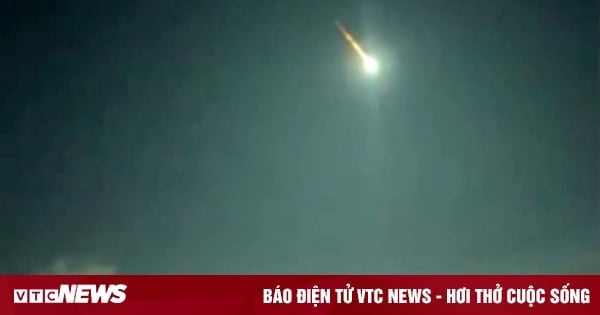

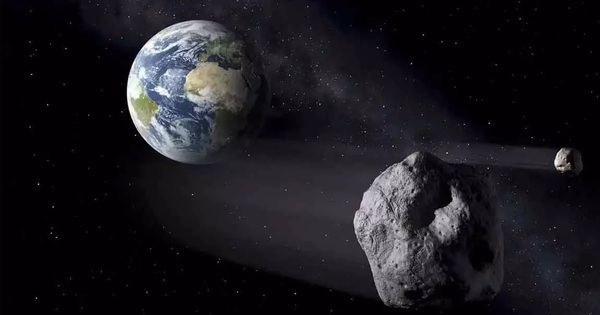

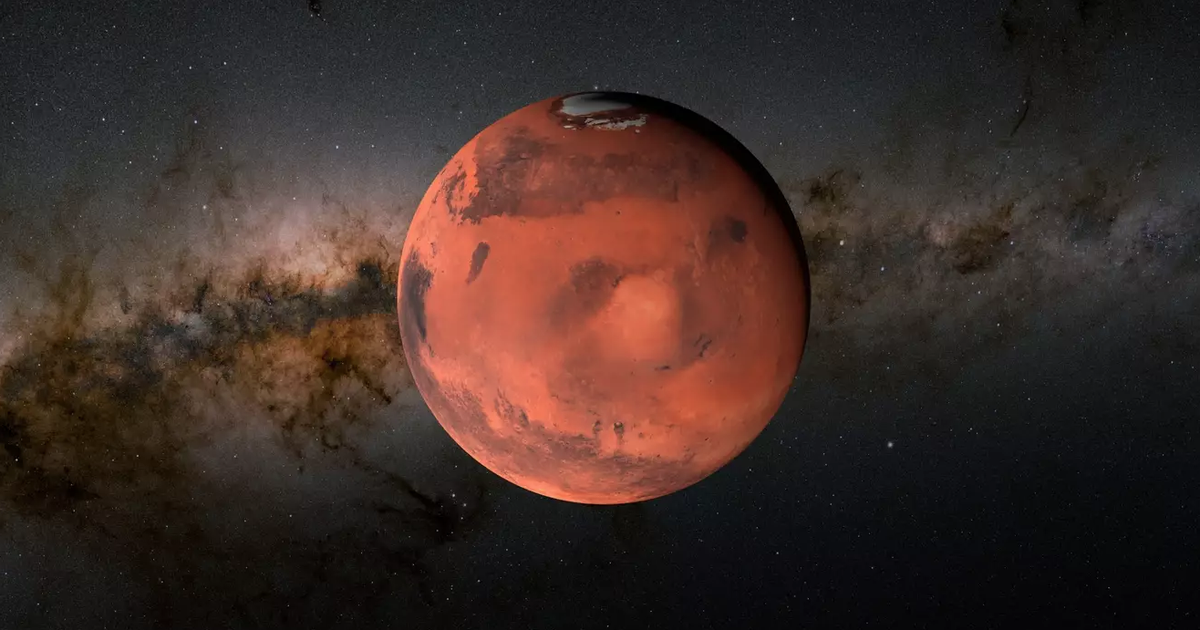
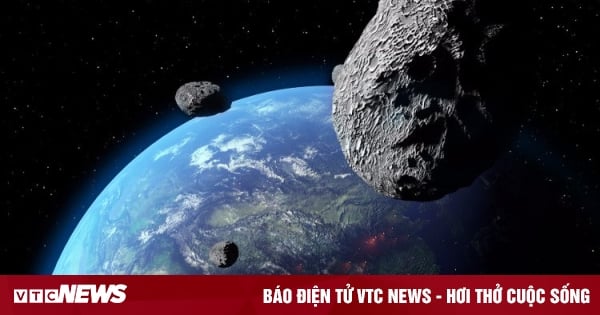
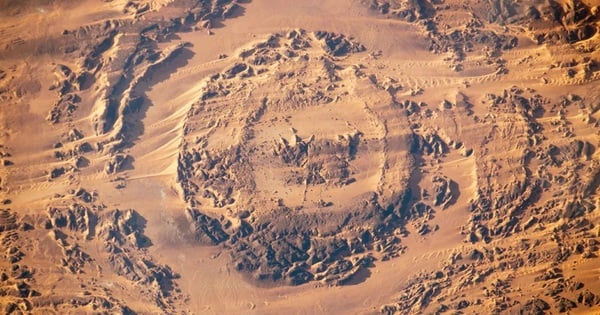


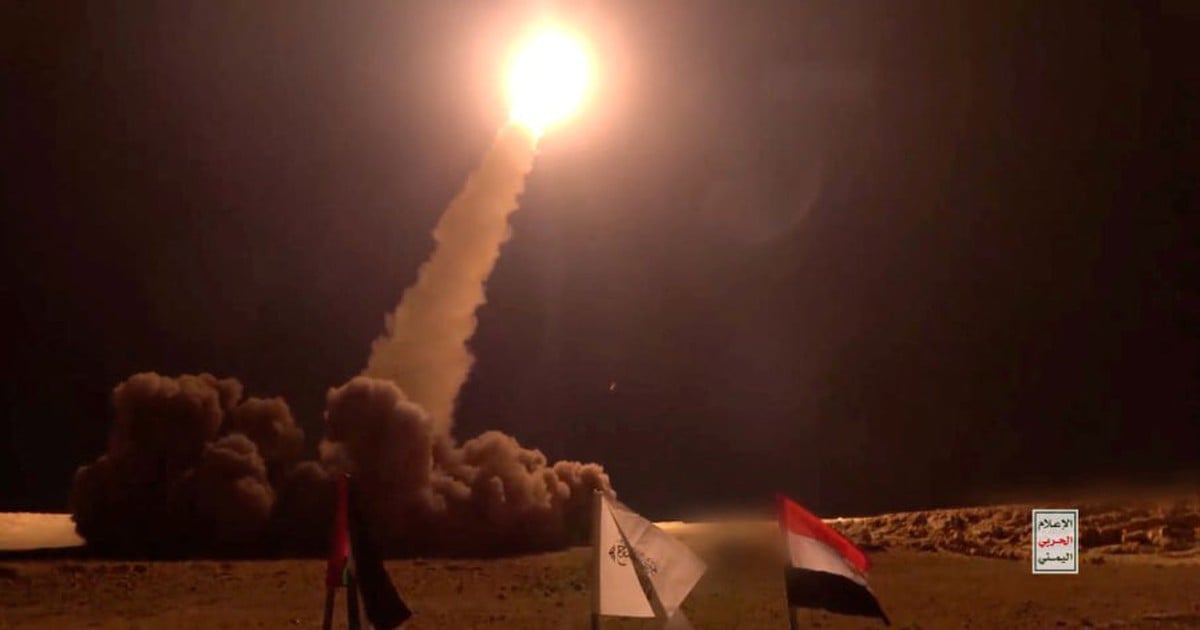



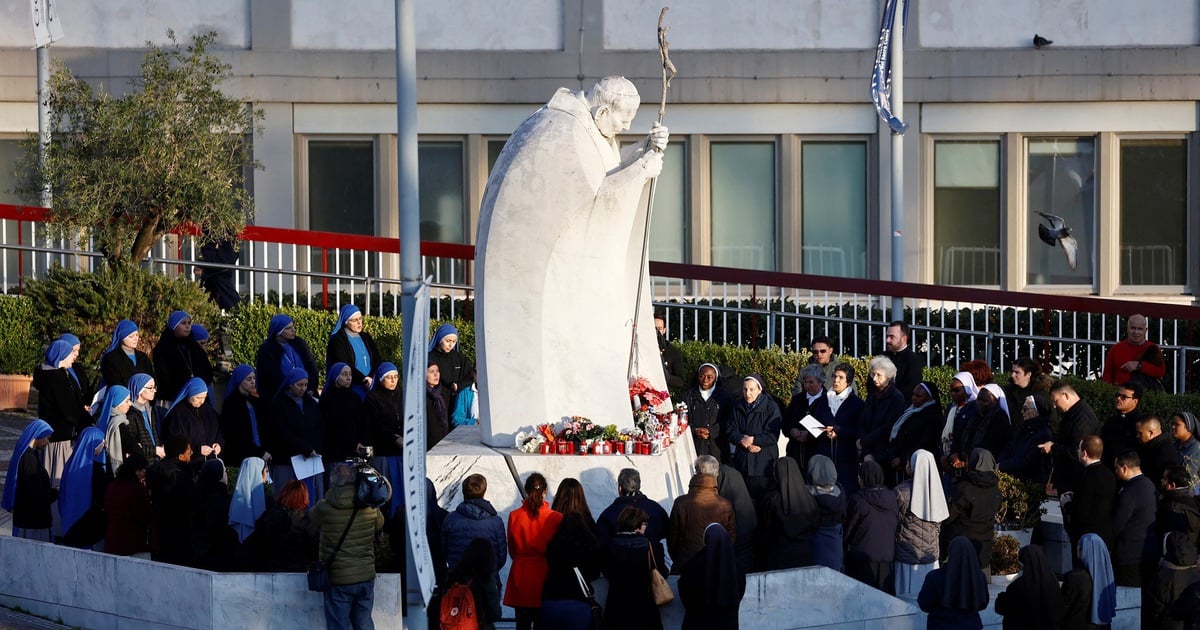














![[Photo] Prime Minister Pham Minh Chinh chairs Government Conference with localities on economic growth](https://vstatic.vietnam.vn/vietnam/resource/IMAGE/2025/2/21/f34583484f2643a2a2b72168a0d64baa)








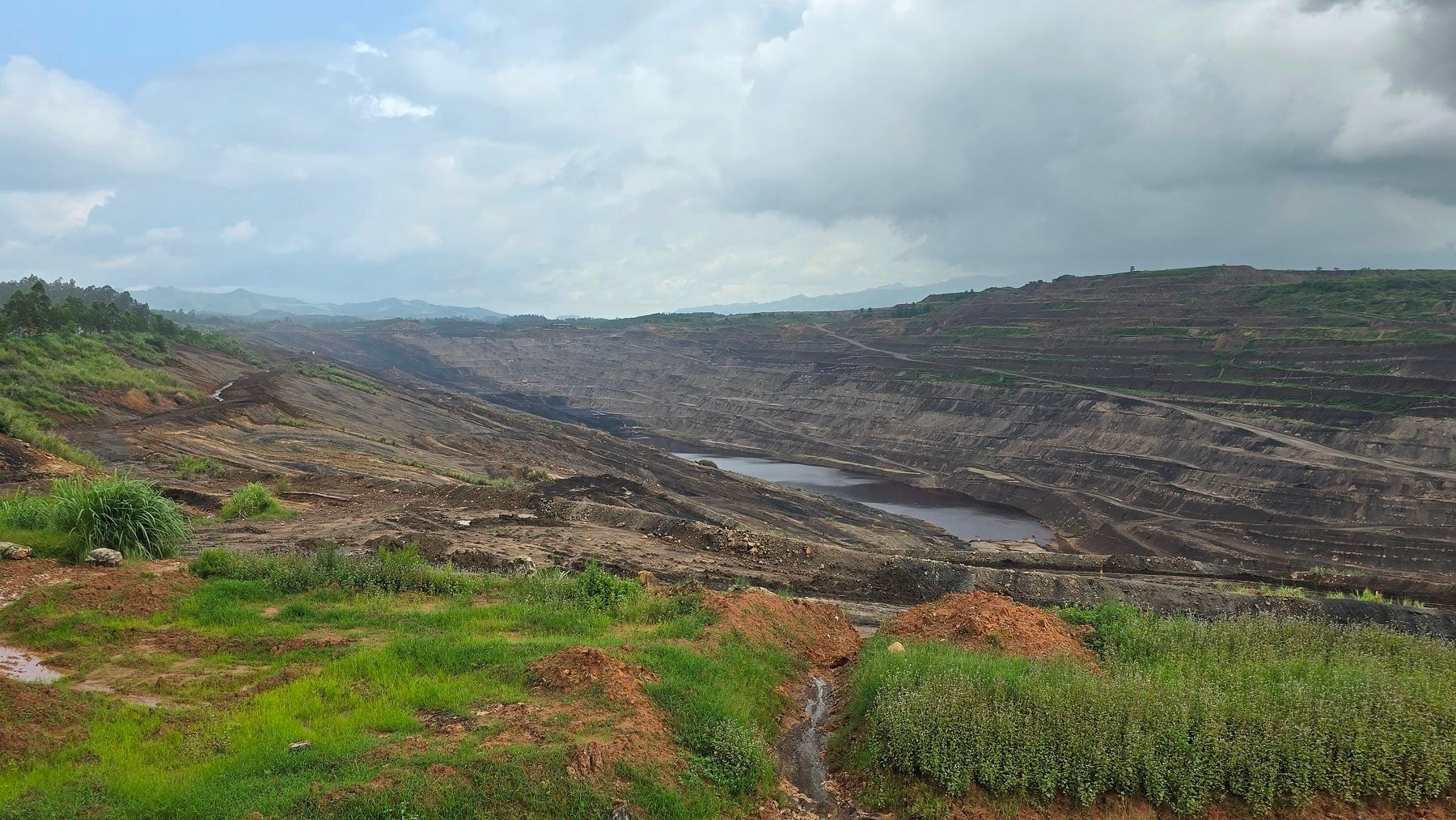


















































Comment (0)